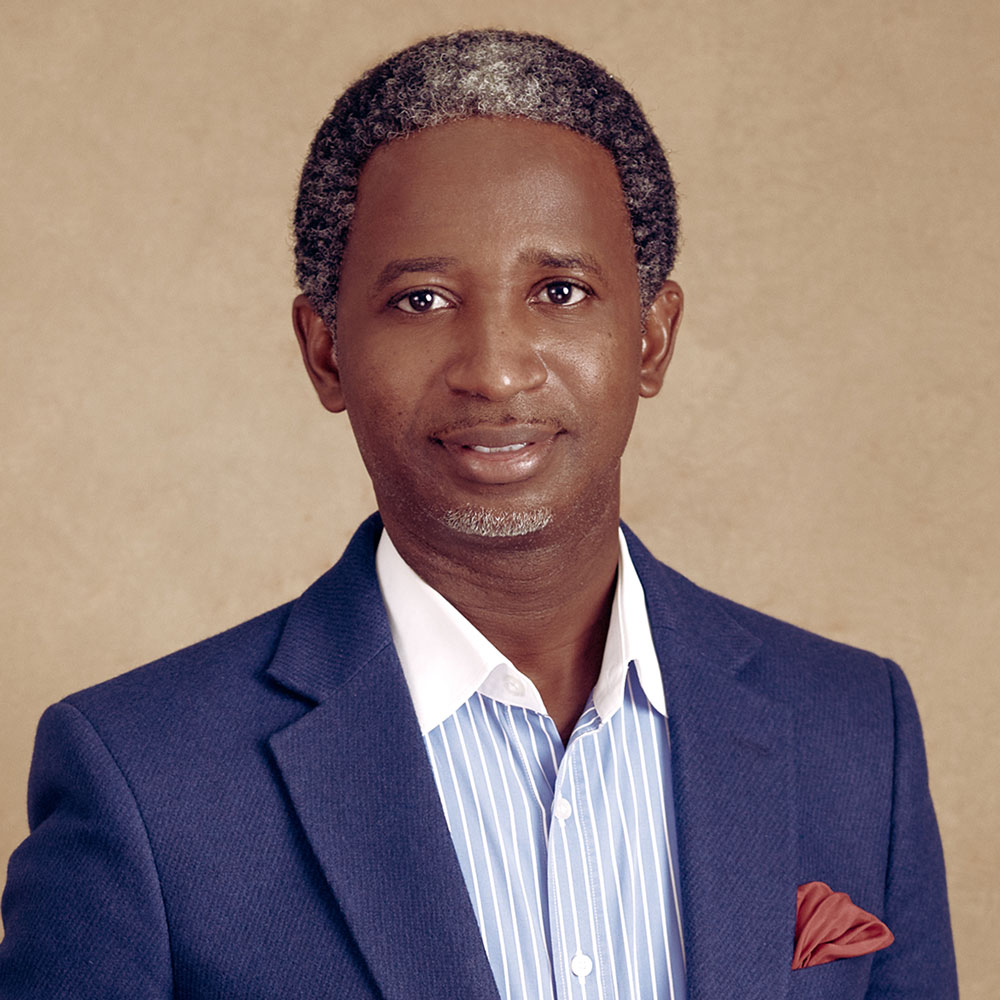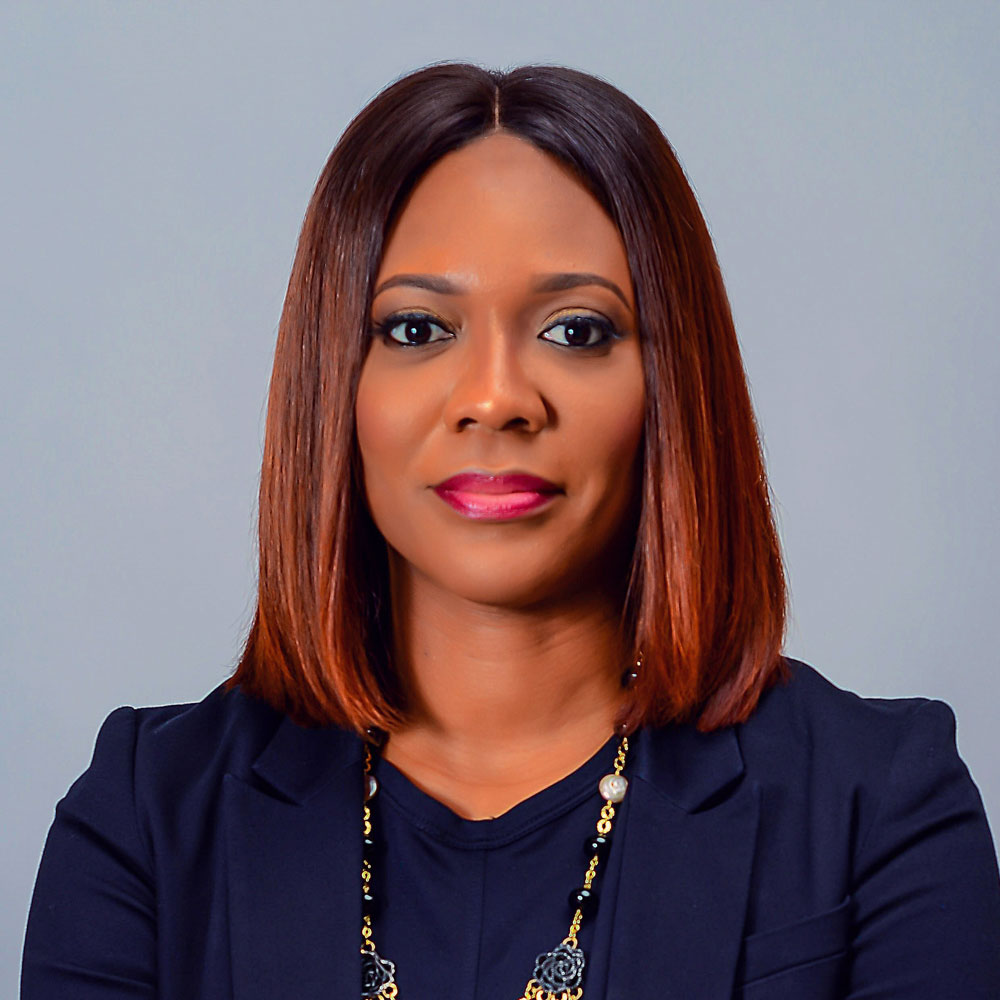Do you recall those pictures of Isa Pantami? That showed the Minister of Communications and Digital Economy stunning his audience with fitness exercises? The Ministry captioned them “STAYING FIT TO DELIVER EFFECTIVE SERVICE! The Honourable Minister of Communications and Digital Economy, @DrIsaPantami demonstrating to management Staff of the Ministry some exercise tips during the ongoing 2-day retreat.”
Well, this post is about everything else – what the Ministry should be prioritizing in giving Nigeria the Digital Economy lead. Stay here!
The global digital economy was worth $11.5 trillion in 2016, 15.5% of global GDP. It is expected to grow to 25% by 2020, faster than the global economy. The Nigerian digital economy is making its own strides, contributing 14% to GDP in the third quarter of 2019. The NIPC (Nigerian Investment Promotion Commission) believes that it would generate $88 billion by 2021.
Meanwhile, a report released by Google and the International Finance Corporation (IFC), estimates that Africa’s internet economy has the potential to reach 5.2% of the continent’s gross domestic product (GDP) by 2025, contributing nearly $180 billion to its economy.
Our new series will therefore examine the many facets of Nigeria’s digital economy, the efforts of the Nigerian government to propel it and its relationship with governance and prosperity. Today, we’ll take on Nigeria’s digital infrastructure and the state of financial inclusion!
What is Nigeria doing?
Nigeria’s efforts
The Nigerian government has vocally prioritized the digital economy. In November 2019, President Muhammadu Buhari unveiled the National Digital Economy Policy and Strategy (NDEPS), a so-called guide for the digital economy. The Digital Economy drive has apparently begun. At the forefront is the Ministry of Communications and Digital Economy. In August 2020, the Minister, Dr. Isa Pantami, announced that it had completed 11 projects under said drive and was commissioning Phase 2.
In December 2019, he had said that a pervasive broadband penetration would make Nigeria a truly digital economy. He said this at the launch of the Nigerian broadband plan for 2020-2025. The ambitious plan aims at increasing broadband penetration to 90% by 2025. Accordingly, internet speed would be a minimum of 10 megabits per second (Mbps) in rural areas and 25Mbps in urban areas. Also, data would be affordable at ₦390 per 1GB.
Well, 5 years to go!
Assessment
The World Bank launched the Nigeria Digital Economy Diagnostic Report in 2019. According to this report, with improved digital connectivity, digital skills and literacy, Nigeria can reap benefits from the digital economy. To achieve this however, Nigeria must build the five pillars of a digital economy, as formulated by the Digital Economy for Africa initiative (DE4A). They are digital infrastructure, digital platforms, digital financial services, digital entrepreneurship and digital skills. These criteria introduce interesting talking points. How well is Nigeria doing?
Digital infrastructure
Nigeria faces a dearth of infrastructure, without which the digital economy cannot thrive. Connectivity is minimal in rural areas, leaving a significant percentage of the population without internet access. To achieve broadband penetration, for instance, extensive broadband infrastructure is key – deployment of fiber optics and connection to towers, from the shores to the hinterlands.
Financial inclusion
Nigeria also faces challenges with access to financial services. 41.6% of Nigeria’s 190 million people are financially excluded. Only 29% of adults have bank accounts. In 2012, the Nigerian government, through the Central Bank, launched the National Financial Inclusion Strategy to achieve 80 percent inclusion by 2020. Reports show however that financial exclusion has only reduced by 2.9 percent (from 39.7 percent in 2012 to 36.8 percent in 2019).
What is the challenge with financial inclusion?
The hurdles range from formal means of identification for millions to proximity of financial institutions. Poverty and illiteracy are also barriers to financial inclusion. 60% of Nigerians live below the poverty line. In 2018, Nigeria overtook India as the country with the largest number of extremely poor people. Northern Nigeria is predictably the worst hit. The result? 20.7 million of its adults are financially excluded.
In addition, only the financially literate can maximize the opportunities of a financial system. And a vast majority are illiterate. Low enrollment in basic education and the poor quality of that education cripple both financial inclusion and digital inclusion. A lack of digital skills in the curricula segments digital skills into a slim share of the population. The absence of up-to-date training in STEM (Science, Technology, Engineering and Mathematics) and the inadequacy of equipment in schools ultimately result in the exclusion of the poorest from the benefits of the digital world.
Nigeria must therefore close the digital skills knowledge gap. Perhaps, by increasing higher level education and creating online training initiatives to reach people wherever they are. Ultimately, mobile phone usage offers the most realistic means of improving financial and digital inclusion… We must stop here. We will discuss this and more next week. Stay glued!





